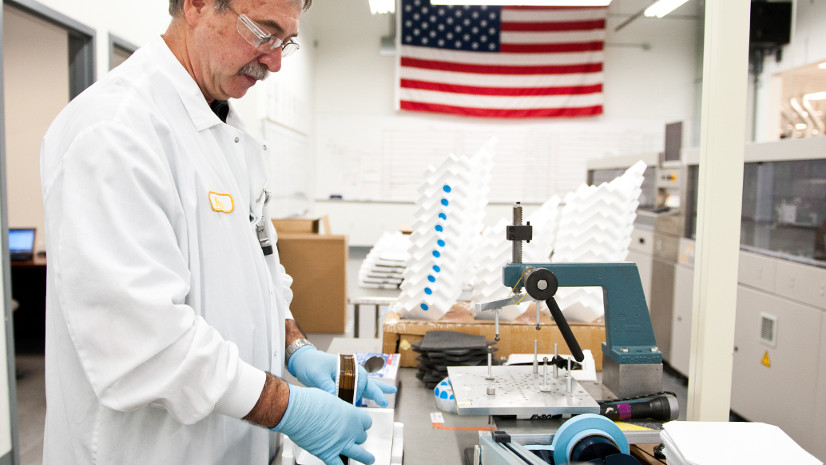The US Department of Energy (DoE) has unveiled its intention to disburse $20 million to 16 initiatives spanning eight states aimed at hastening the exploration of geologic hydrogen.
These selected projects encompass a diverse array of participants, ranging from universities and national laboratories to private enterprises. ARPA-E, the Advanced Research Projects Agency-Energy, articulated, “The 16 teams announced today are set to receive funding through two Advanced Research Projects Agency-Energy (ARPA-E) Exploratory Topics on geologic hydrogen.”
The endeavors will primarily center on either generating geologic hydrogen via stimulated mineralogical processes or refining hydrogen reservoir management. This initiative comes on the heels of an earlier announcement from the DoE, which disclosed its decision to award $3.2 million in vouchers to 31 entities for the advancement of various clean hydrogen technologies.

Exploring Geologic Hydrogen: US Allocates Funding for 16 Projects (Credits: Hydrogen Central)
This forms part of a larger scheme, allocating $9.8 million to support 111 small businesses and organizations. The vouchers are intended to facilitate the acquisition of in-kind support from participating entities.
Plug Power has wasted no time in commencing the delivery of liquid hydrogen to prominent clients such as Walmart and Home Depot, merely two days subsequent to the initiation of operations at its production facility in Charleston, Tennessee. Simultaneously, the company has reinvigorated operations at its hydrogen plant in the city, adding roughly 10 tons per day (TPD) of liquid hydrogen supply to the US market.
It is also poised to augment this by an additional 15 TPD capacity through a joint venture plant in Louisiana. Plug Power CEO Andy Marsh anticipates the facility’s operational launch by the third quarter of 2024.
In collaboration with the Japanese government’s backing, Kobe-Osaka International Port Corp. is embarking on a groundbreaking demonstration project for advanced cargo handling machinery. The endeavor aims to substitute a diesel engine generator with a hydrogen engine generator for a tire-type gantry crane (RTG).
The company asserts, “This project is the first of its kind in the world,” outlining plans for preparatory activities this year, followed by data analysis in 2025 and the revision of technical standards by 2026.
Daimler Truck and Linde Engineering have jointly pioneered a novel process for handling sub-cooled liquid hydrogen.
Daimler Truck elaborates, “Refueling takes around 10 to 15 minutes for a 40-ton heavy-duty truck, carrying 80 kg of liquid hydrogen for a range of 1,000 kilometers and more.” The newly introduced sLH2 technology (subcooled liquid hydrogen) significantly reduces the investment required for a hydrogen refueling station and lowers operational costs.
This innovative process involves utilizing a pump to elevate the pressure of the liquid hydrogen. According to the companies, the pilot refueling station boasts a capacity of 400 kg of liquid hydrogen per hour.
German Vice Chancellor Robert Habeck recently embarked on a visit to Algeria to fortify bilateral collaboration in renewable energy expansion, the cultivation of a green hydrogen industry, and the establishment of a hydrogen corridor.
The German government elucidates, “The aim of the H2 corridor project is to enable future hydrogen imports by pipeline from Algeria and Tunisia to Italy, Austria, and Germany.”























